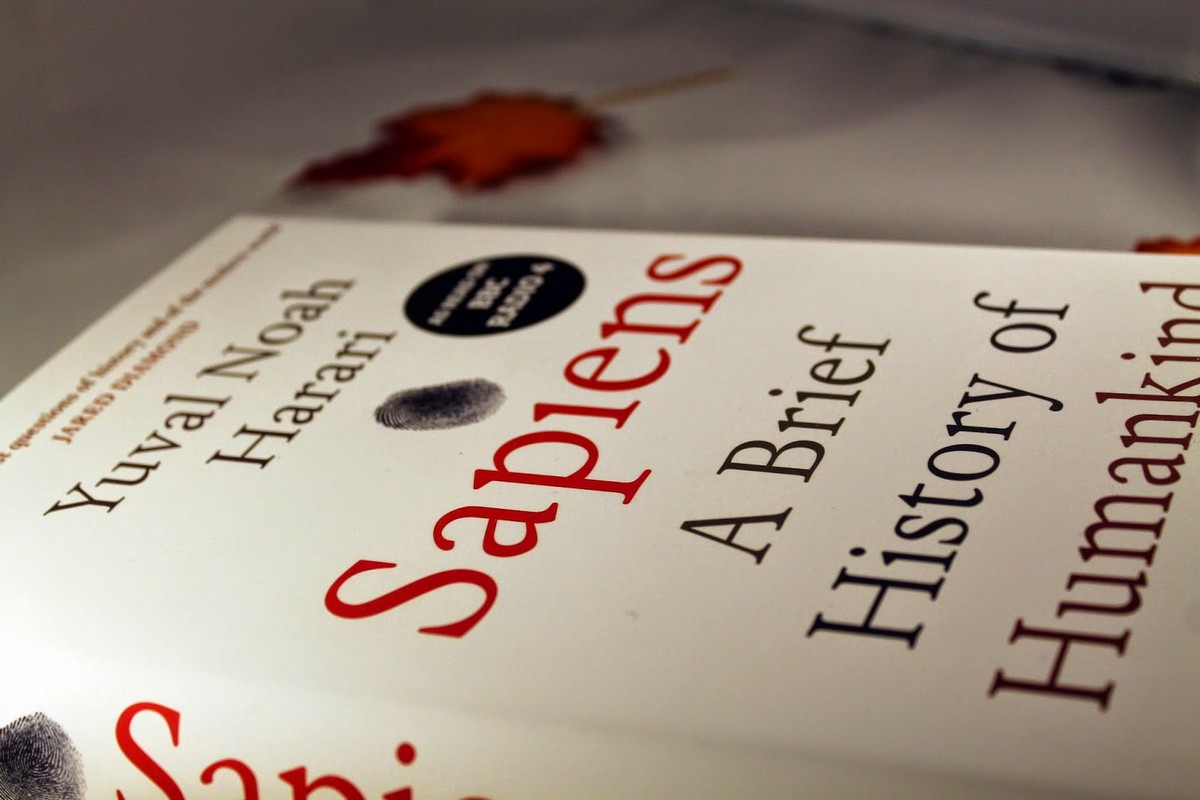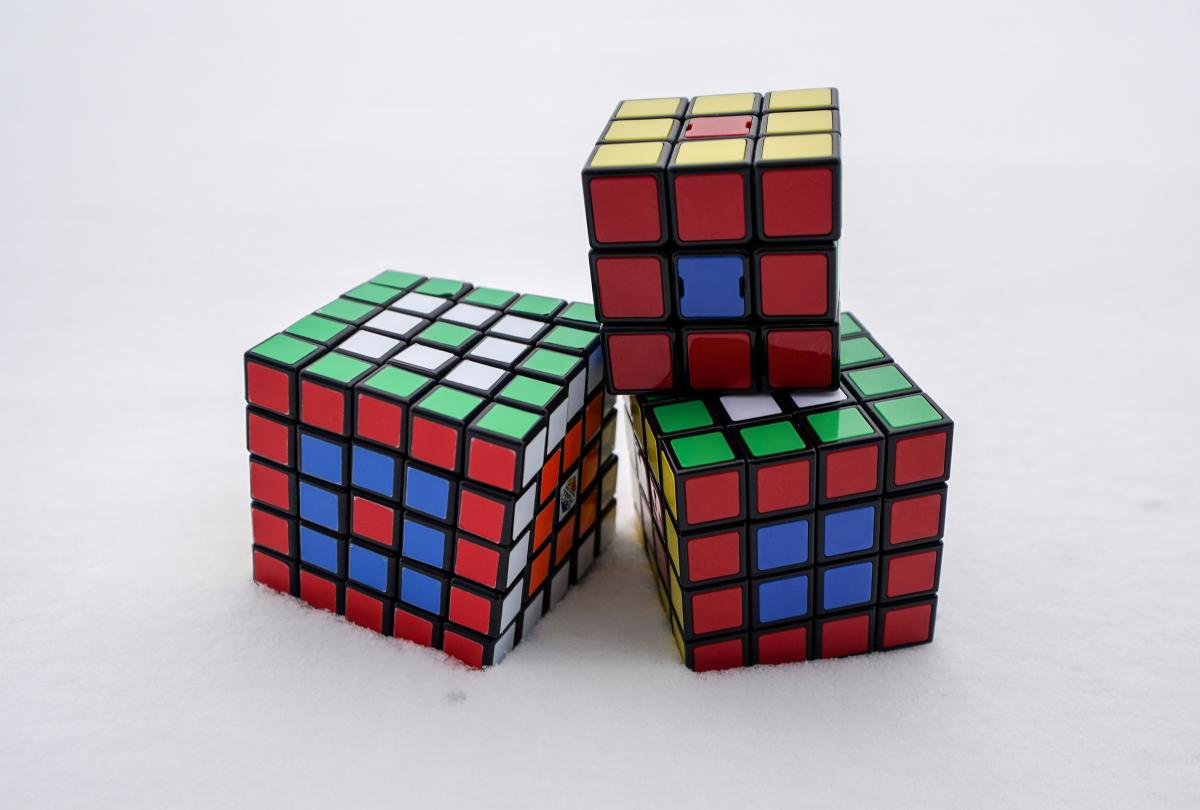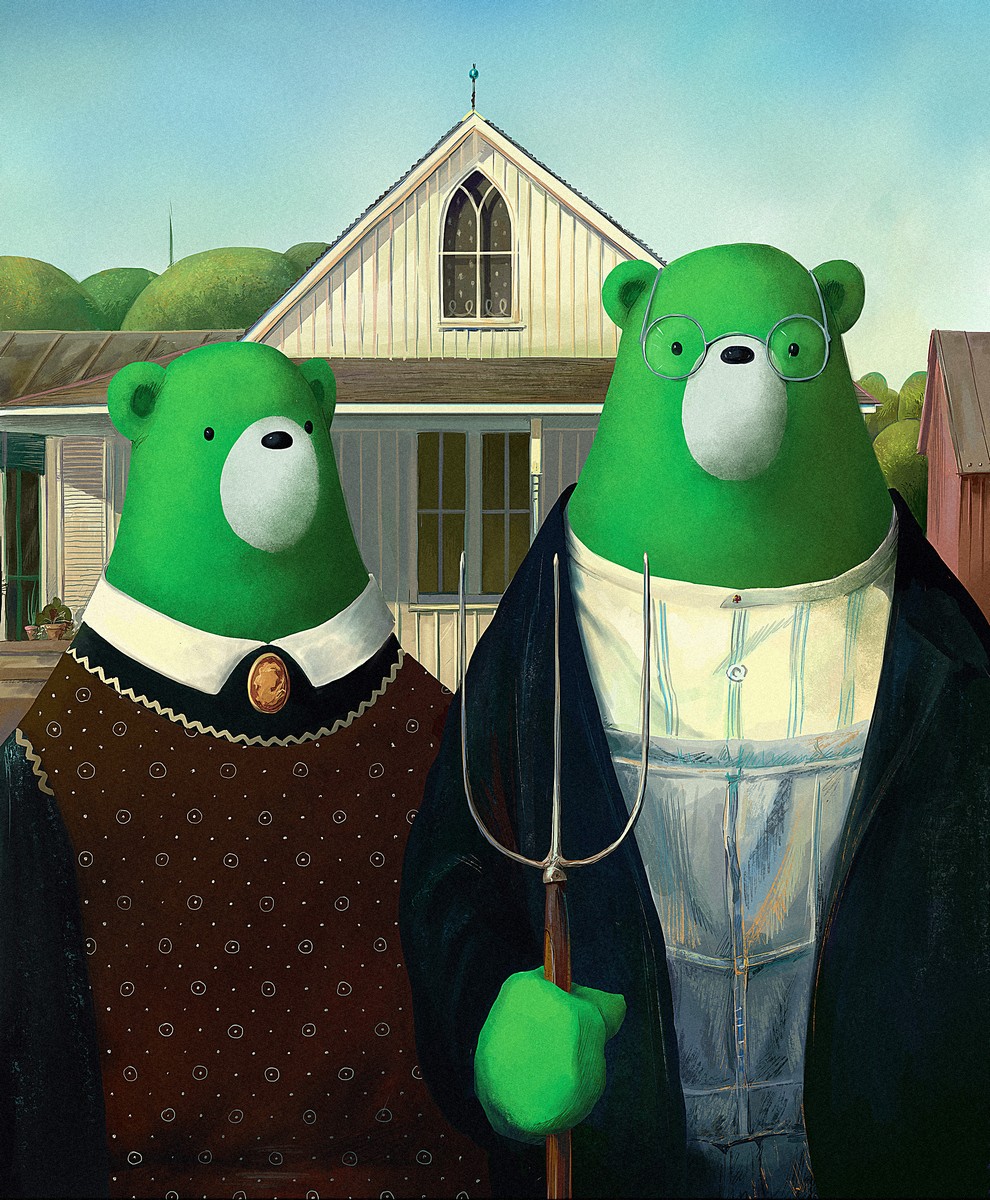“Online voting – it’s the only thing that’ll save democracy, since the younger generations will only vote if they can do so online”. This is something I’ve been saying for years now. Younger generations – ‘digital natives’ – are used to doing a great many things online instead of off-line; it’s what they’re used to and what they prefer, and that needs to be understood, accepted, and embraced. If not, only the folks who have been used to going to polling stations in person will be voting – the older generations: hardly a good, balanced, representative cross-section of the adult population.
Statistics show that voter turnout has been declining steadily in established democracies since the 1980s. Reasons for this vary: there can be crises of trust in the authorities; in some places there are problems with access to voting facilities. There’s even a new social sub-grouping of largely passive participants in the political system: interested observers – folks who are interested in what’s going on around them but don’t get involved in any of it. And this isn’t some tiny, insignificant new sub-group either: in the U.S. it’s said to reach nearly 50% of the adult population! And these interested observers look like the ideal target audience for online voting: folks used to getting news and information from the internet – and that includes of course the younger generations right down to millennials. To have the best chance of high voter turnouts for elections, voting needs to be a simple, natural addition to a typical daily online routine. Social networks – checked; a few photos – uploaded; online purchases – made; (for some) a day’s work performed largely online – done; (for some) online gaming – done; online voting – also done.

Online voting systems around the world have been developing slowly for quite a while. When the first online vote took place I’m not sure, but I do recall how in January 2003 the Helkern worm (aka Slammer) nearly derailed some inter-party elections of a Canadian political party. The first e-elections at state level were those in 2007 in Estonia. Online voting continued to slowly proliferate in other countries, but with differing degrees of success. Why? Because there is the obvious question of security – the high risk of a hack and direct manipulation of the voting process; this issue, btw, has often been raised by critics of online voting. In 2014 a group of experts conducted a penetration test on the Estonian e-voting system. Not only did it find that it was real easy to install malware on the servers of the system, but also that, theoretically, the result of the voting could be changed – leaving no trace of that having been done whatsoever. In 2015 there was the electronic voting scandal in Australia. Here, a New South Wales election used the iVote online voting system, but it was found that around 66,000 votes could have been compromised via a hack of the voting site.
Clearly the above all shows that online voting systems need protecting (authorization, connection, transaction), and that includes the storing and counting of the results (server-cloud part). This idea came about in our business incubator a few years ago, which eventually led to the introduction at the end of 2017 of the Polys project – a platform for electronic voting based on blockchain.
All data relating to voting (including the final results) are stored not on servers but in blocks of data on the devices of all voting participants, which makes the platform simply unhackable. It provides anonymity of voting, and also permits hiding interim results – the final result becomes known to participants only after all counting is completed. But what’s more important – the Polys platform is convenient, simple, and suitable for any kind of voting – even… to decide what colors the roses should be in the local park! Indeed, the overarching mission of Polys is to bring the pluralism of opinions and happiness for all to the masses :). But don’t just take my word for it. Have a look for yourself! That the future is blockchain-voting many agree with.
And if you think this is all just theory, here’s some fresh news: Polys has been officially used already! In Russia’s Saratov region the local parliament elected deputies for its youth parliament. 40,000 folks voted! And last year the platform was used for conducting similarly-sized voting for Russia’s Higher School of Economics. And I’m sure this is only the beginning…
So there you have it – we’re saving the world yet again but in a new way: protecting voting against fraud. So if you need to run a vote on something, no matter how trivial or how important, and you want to be able to guarantee voters it will be 100% protected, 100% fair – check out the Polys site!
And for those interested in the technical side to Polys – go here; you should find all the answers you need there. In short, have a look, try it (it’s free for now), get a feel for it, and tell your colleagues and friends about it!
And remember – your vote counts!



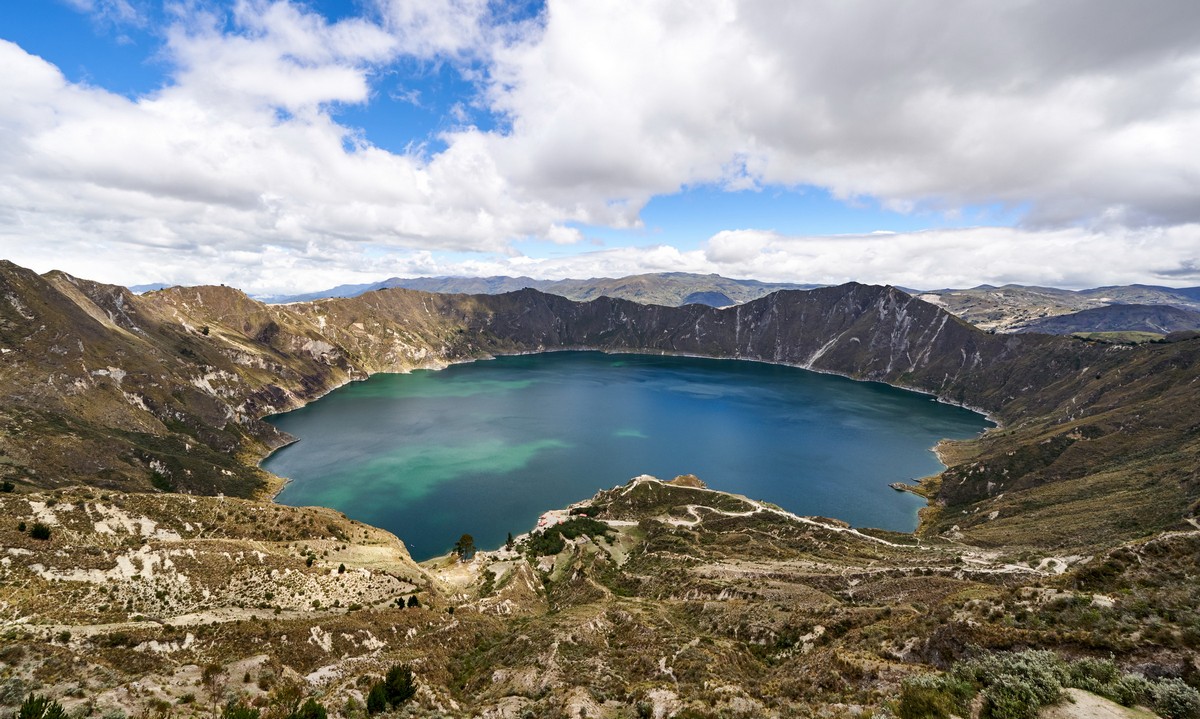
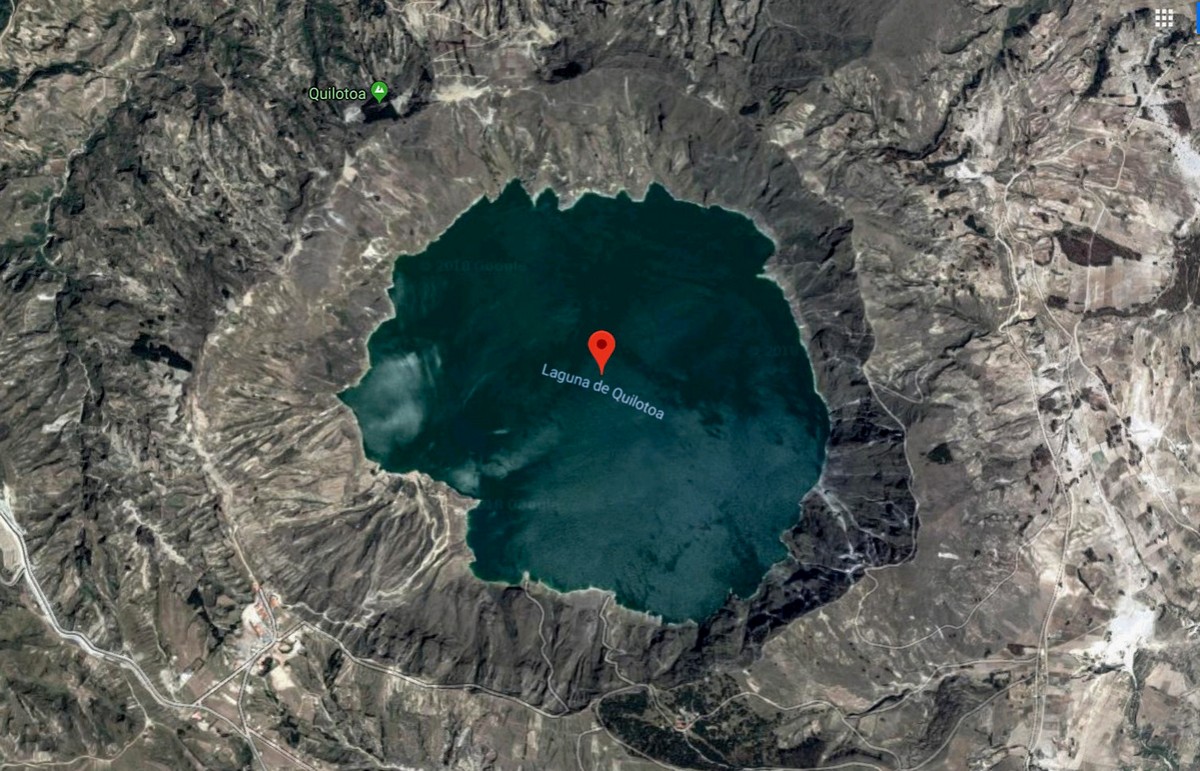




![YOU CAN NEVER GET TOO MANY AWARDS. SEE 1ST COMMENT FOR ENGLISH ⏩
"А из нашего окна страна Австрия видна!" - практически (с). Но в этих австриях я был не смотреть из окна, а по многочисленным деловым делам, первое из которых - лично получить несколько важных наград и множество сертификатов от независимой тестовой лаборатории AV-Comparatives.
Это далеко не первая наша награда. Скажу больше - на протяжении последних десяти лет по результатам независимых тестов к нам даже близко ни один конкурент не подобрался. Но почему тогда такое внимание конкретно к этой победе? Ответ простой: густопопсовый геополитизм. В наше весьма геополитически [очень мягко говоря] непростое время... Ну, если отбросить все казённые слова, то будет, как в известном анекдоте про поручика Ржевского. В той самой истории, когда ему указали повторить свою фразу без матерщины. На что тот ответил: "Ну, в таком случае я просто молчал".
Так вот, в наше "поручико-ржевско-молчаливое время" участвовать и получить первые места в европейских тестах - это за пределами научной и ненаучной фантастики. Что в целом совпадает с одной из основных парадигм моей жизни: "Мы делаем невозможное. Возможное сделают и без нас" (с). Большими трудами и непомерными усилиями - да! Это можно! Мы заделали такие продукты, такие технологии, такую компанию - что даже в непростое время нас и в Европах знают, уважают, любят и пользуются. Ура!](https://scontent-iad3-2.cdninstagram.com/v/t51.29350-15/430076034_1096357205018744_692310533755868388_n.heic?stp=dst-jpg&_nc_cat=103&ccb=1-7&_nc_sid=18de74&_nc_ohc=XLII-tX29aoAX80SM4u&_nc_ht=scontent-iad3-2.cdninstagram.com&edm=ANo9K5cEAAAA&oh=00_AfBINCtkZ3-r_aTvdSC36JELI05V6PuBnMWs672PK3GsBQ&oe=65E63D48)

























